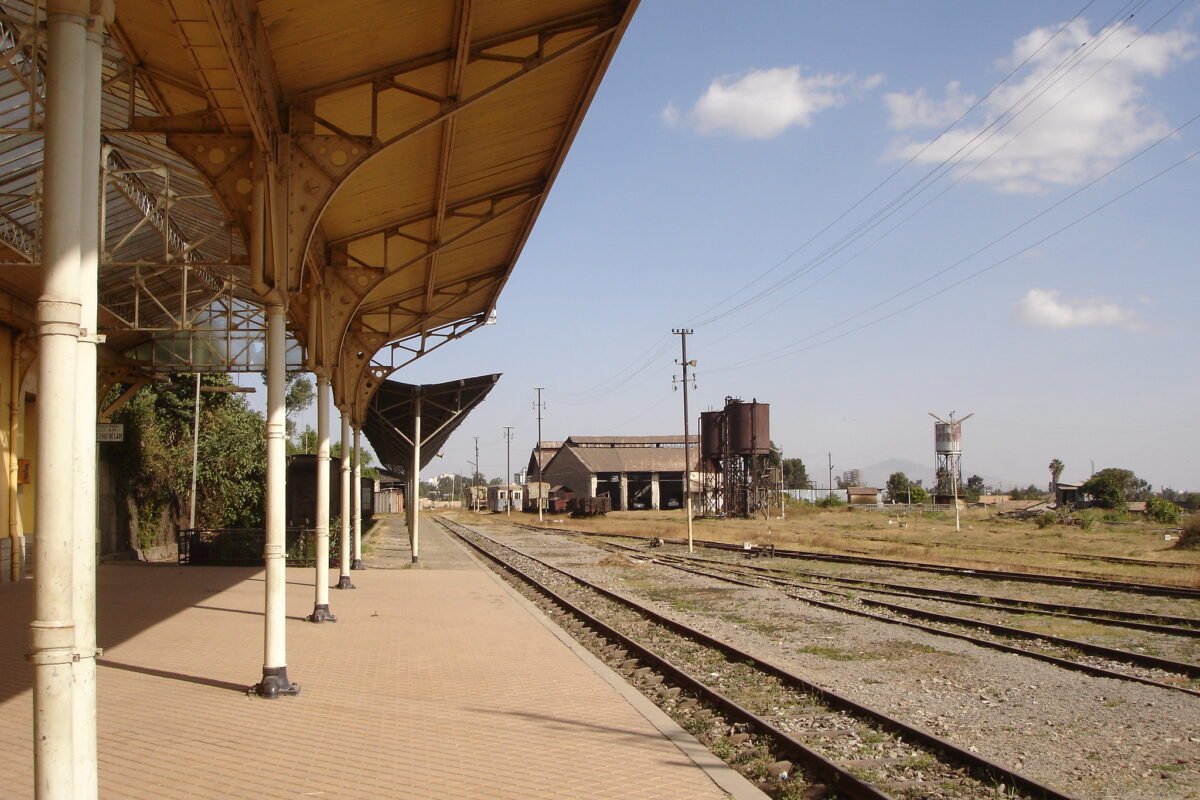Returning to Accelerated Growth
Africa Rising
Home to half of the world’s fastest-growing economies, most of Africa is already now living its long-promised bright future. After a few lean years brought about by the end of the commodities super cycle, most of the continent’s top performers have pushed through the structural reforms needed to ensure the sustained growth that is required to absorb – and cash in on – the coming demographic dividend. By 2030, just a dozen years hence, the continent is expected to harbour in excess of 1.7 billion people with a combined – household and business – annual spending power of at least $6.7 trillion.
So far, most of the continent’s remarkable growth has taken place in a vacuum as far as Western economies are concerned: between 2014 and last year, US exports to Africa fell from $38 billion to barely $22 billion. Over the same period, EU exports to Africa have largely flatlined whilst imports decreased from about €150 billion to slightly over €100 billion. Overall, Africa represents little more than 7% over the EU’s total trade volume with the rest of the world. Contrast that to China which has seen its exports to Africa increase sevenfold since 2005 to $103 billion last year.
Demand for goods and services is nearly insatiable as millions gradually climb out of poverty and onto the lower rungs of the middle class embracing a lifestyle that brings products and services formerly considered the exclusive preserve of the affluent few into the mainstream – creating economies of scale that invite fierce competition. Over the next few years, fully 43% of Africans will be firmly established in the middle class (up from 39% now), driving economic growth and reshaping markets.
Unrelenting Pace of Development
This is how Ethiopia barrels ahead with economic growth forecasted at 8.5% or higher in 2018. The pace of development is unrelenting. According to the IMF, the country has registered an average annual growth of 10% over the past decade. Ethiopia is now being hailed as Africa’s own China and the next low wage pit stop for global corporations.
The country’s government is aware of the opportunity and is putting in place the infrastructure required for a manufacturing hub such as the $5 billion Grand Renaissance Dam which is expected to inject up to 6,000MW into the national grid and the $4 billion Chinese-backed railway which now connects Addis Ababa to Djibouti and its port slashing transit times from 72 hours to just 12. Plans are afoot to build a rail connection to Mombasa in Kenya as well.
Ethiopia is, however, determined to avoid the mistakes made with the Mombasa to Nairobi railway which fails to turn a profit and has become somewhat of a white elephant. An elaborate policy framework was implemented that strongly encourages shippers to use the Addis Ababa to Djibouti line in order for the project to pay itself back and generate sufficient cashflow for continued maintenance and upgrading.
Ivory Coast is set the claim the runner-up title of fastest-growing African economy, expecting to add 7.2% to its GDP. Ghana and Senegal also put in a commendable performance with 7% and 6.4% respectively. Suffering foreign exchange shortages, Nigeria continues to underwhelm: Africa’s largest economy may register at most 2.1% growth.
At the spring meeting of the boards of governors of the International Monetary Fund (IMF) and the World Bank Group (WBG) Africa captured the limelight. WBG Chief Economist for Africa Albert Zeufack pointed out that most countries along Africa’s eastern and western seaboards are emerging quickly from years of modest growth whilst Central Africa is still struggling: “Average growth across the continent’s 52 economies is coming in at 3.1% this year and slightly higher in 2019-20. Two of the continent’s largest economies – Angola and South Africa – are undergoing significant transitions which should result in stronger and sustainable growth. Higher prices for oil and natural gas coupled to improved business sentiment helps Angola rebound whilst increased business confidence and lower-than-expected inflation drives up domestic demand and investment in South Africa.”
However, Mr Zeufack cautions that the positive trends rest upon two assumptions: that commodity prices remain stable and that African countries continue their commitment to macroeconomic and structural reforms. Another point of slight concern is the rising level of debt and its composition.
Most countries have been moving away from concessionary and long-term financing towards short term maturities and market-led debts. “This exposes African countries to new types of complex risk that they may not be well-equipped to handle. Additionally, not all are taking on credit to invest. A significant part of the funds raised is earmarked for consumption.” As a result, debt distress indicators have increased with 18 countries now at high risk versus only eight in 2014.
CNBC Africa anchor man Gugulethu Mfuphi put it more succinctly: “In Africa, the music is back on but the party hasn’t started yet. Growth has returned across the continent. The prospects are tremendous. All systems are set for go. Take off is expected at any time.”
© 2009 Photo by Carsten ten Brink


